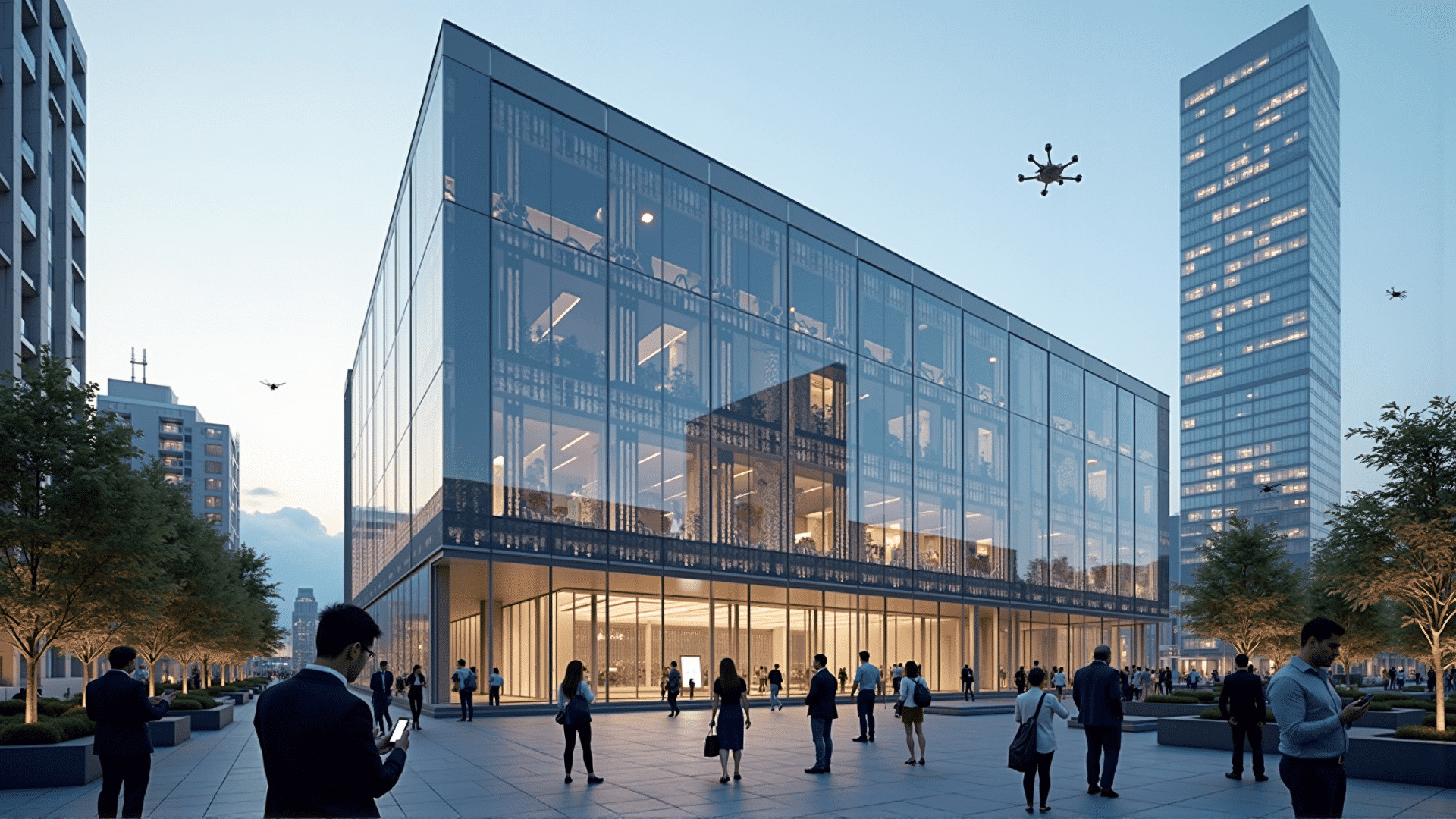In today's fast-paced world, the integration of cutting-edge technology into our daily lives is not just an option but a necessity. As urban landscapes evolve and the demand for sustainable living increases, leveraging advanced technological solutions becomes imperative to enhancing building performance and overall user experience. This transformation is reshaping the way we interact with our environments, offering remarkable benefits that transcend traditional practices.
At the forefront of this innovation is the smart building concept. These structures are designed to optimize energy consumption, thereby reducing costs while minimizing environmental impact. By utilizing advanced sensors and IoT (Internet of Things) devices, buildings can monitor and adjust their energy use in real-time. For instance, automated lighting and climate systems respond directly to occupancy or even the weather, ensuring comfort while conserving resources. This not only aids in achieving energy efficiency goals but also enhances the living and working conditions for occupants.
Incorporating AI-driven analytics further revolutionizes building management. Predictive maintenance systems allow building operators to foresee potential equipment failures before they occur, significantly cutting down on downtime and repair costs. Advanced data analysis can provide insights into usage patterns, enabling more informed decision-making regarding space utilization and resource allocation. As a result, buildings not only operate more efficiently but also prolong their lifecycle, representing a smarter, more sustainable investment.
Beyond operational efficiencies, advanced technology enhances user experience in unprecedented ways. Consider the integration of augmented reality (AR) and virtual reality (VR) within commercial spaces. These technologies offer immersive experiences that can captivate customers, providing them with an interactive journey through products and services. In real estate, potential buyers can virtually explore properties, experiencing them as if they were physically present, thus enriching the buying journey and providing convenience.
Moreover, smart technologies foster improved indoor air quality and environment comfort. Advanced ventilation systems can detect and filter out pollutants automatically, ensuring a healthier living space. Personal environmental controls through smartphone applications allow individuals to tailor their immediate surroundings to their preferences, enhancing personal comfort levels.
Security also sees vast improvements with the application of advanced tech solutions. Modern surveillance systems equipped with facial recognition and behavioral analytics provide robust security measures while reducing the manpower traditionally required for monitoring. Additionally, smart access systems using biometric authentication offer convenient, contactless entry points, increasing both security and user satisfaction.
But the journey towards a technologically advanced infrastructure is not without its challenges. Concerns around data privacy and cybersecurity must be addressed as buildings become more interconnected. Establishing robust cybersecurity frameworks and ensuring compliance with data protection regulations will be crucial in fostering trust among users and stakeholders.
In conclusion, embracing cutting-edge technology is paramount for the future of building performance and user experience. It presents opportunities not only to reduce environmental footprints and enhance operational efficiencies but also to elevate the quality of life for all occupants. As we continue to harness these innovations, a concerted effort towards responsible implementation and management will ensure that the benefits of technology are realized to their fullest potential, paving the way for a smarter, more sustainable tomorrow.
